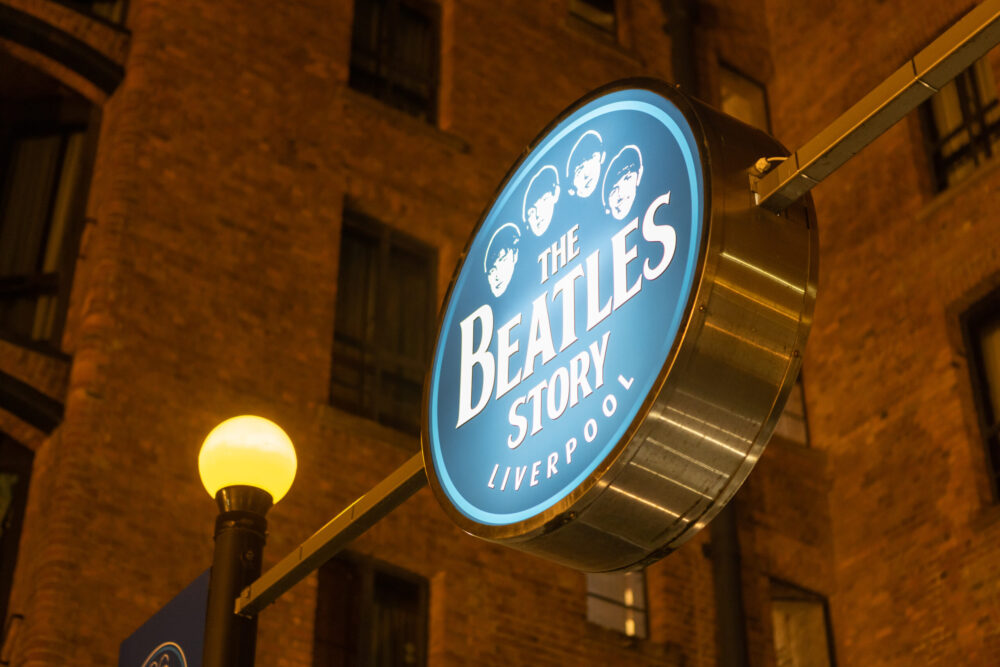
Beatles
“It all went down hill after we stopped playing The Cavern” The history of the Beatles and the world’s most famous club
4 years ago
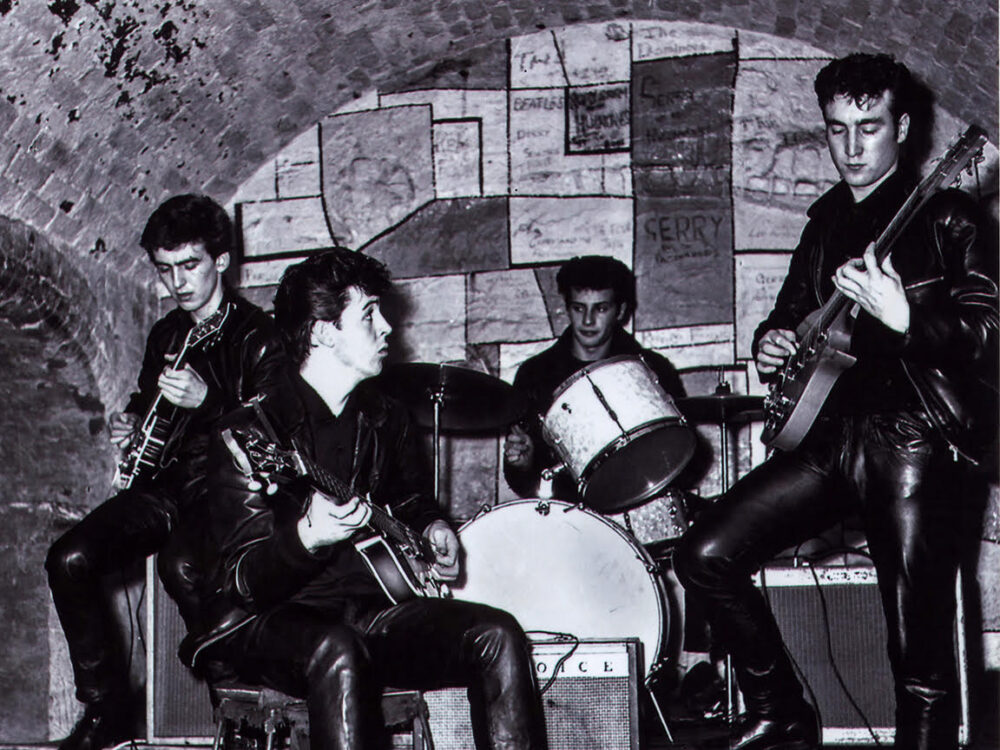
In the late 1950s and early 1960s, something was happening on Merseyside that would change the world forever. A gentleman by the name of Bill Harry would create the word to describe this phenomenon, and it would be called “The Merseybeat. He would write all about this movement in his magazine of the same name and it would provide a useful insight into what many would consider a supernatural happening in and around the city at that time.
The origins of The Merseybeat were in church halls and basement cellars of houses in the Liverpool suburbs such as The Casbah Coffee Club which was a small basement of a large house owned by Mona Best. Her son Pete Best would go on to be the drummer with a little band at the time and would find himself later known as the “world’s most unlucky musician” after he would be sacked by that “little” band and replaced by Ringo Starr!

This movement was happening around the Merseyside suburbs and people like Bob Wooler and Ray McFall recognised that it would be useful (and profitable) to accept Rock n Roll in the city centre, so they did in number 10 Mathew Street. Number 10 Mathew Street, doesn’t sound much does it? But The Cavern Club would go on to achieve legendary status as a dark, damp, dusty basement cellar that changed the world forever.
Bob Wooler knew the Merseybeat scene like no other, he was the master of ceremonies at The Cavern Club and one day Bob was talking to Ray McFall (the owner of The Cavern) and told him how it would be a great idea to open at lunchtime to appeal to the kids. Ray was at first reluctant, but Bob Wooler convinced him that there was a great band that had just come back from a tour of Hamburg that would be perfect for the beat sessions at lunchtime – that band were called The Beatles.
The Beatles had been around Liverpool for a little while, playing The Casbah, church halls, The Jacaranda, The Blue Angel and other places, but had previously not been accepted at The Cavern Club because of the policy of no Rock ‘n’ Roll. John Lennon had played The Cavern Club with The Quarrymen and famously had a note passed to him while playing on stage, thinking it was a song request, he opened it only to read “cut out that bloody rock and roll!” – passed through the crowd from the owner at the time, Alan Sytner.
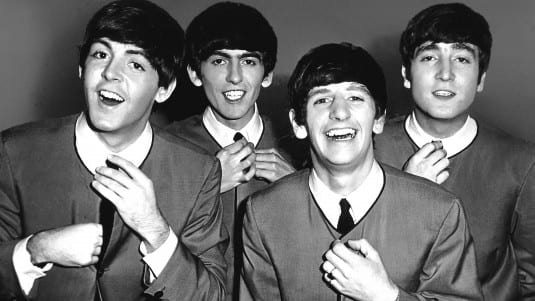
Thanks to The Beatles first manager, Alan Williams, the band were fresh from a tour of Hamburg that he had sent them on, but the band were seemingly drawing to a premature end. They didn’t have any regular gigs coming up and they were looking for jobs. That is when they got the call to play The Cavern Club, leading from there it led to a resident slot at lunchtime. Kids would “sag” from school and come and watch the band playing and all of a sudden there was even more of an excited buzz, but this time it was concentrated to the city centre, specifically Mathew Street.

This period of Beatle dominance of Mathew Street lasted from 9th February 1961 until 3rd August 1963, in that time they would go on to play what is estimated to be 292 times according to Bob Wooler. During that same period of time, they would be writing their own music to stand out from the rest of the Merseybeat Bands, get a new manager, replace their drummer, play all over Merseyside and beyond, get a record deal, release an album and score multiple number ones. They had a busy 2 years to say the least!

Credit – The Cavern Club
Everybody at the time knew that when The Beatles returned to Mathew Street for their last performance that they had outgrown the venue. They limited capacity at 500, which was far too many in the first place and they charged 10 shillings for tickets. The Beatles were paid £300 for the gig and the other bands on the bill were paid, which meant that The Cavern Club didn’t make any profit.
While John and the rest of the band felt like they should never have come back for what would be their final performance in the club, they had to do it. Brian Epstein had been contractually bound to have the lads perform in Liverpool on August 2nd in The Grafton. The man who was hoping to have their last big Liverpool send-off was a man called Les Ackerley who had secured a contract for The Beatles to play The Grafton and in the contract was a barring clause which prevented them playing anywhere in Liverpool before The Grafton.

Credit – The Cavern
Brian Epstein was angry about this that he would book a performance at The Cavern Club just to get back at Les. Tickets sold out within 30 minutes and although all the other bands had been booked for the Saturday night, Bob Wooler would start the night earlier to fit The Beatles in and everyone in attendance knew that it would likely be the last time they would see The Beatles on Mathew Street, they were destined for stardom, and they were right to assume that.

The Beatles by this point were playing auditoriums and The Cavern Club was not set up for safety, infact, even though it was an electric atmosphere, The Cavern Club wasn’t set up for music. It was originally used as storage for fruit, vegetables and meat. It didn’t have toilets; sanitation and it certainly didn’t have ventilation. The condensation would run down the walls and during The Beatles final performance they would experience the amps blowing because of the pool of sweat on the floor, blowing the electricity for the entire venue. John Lennon was heard saying during the chaos of the gig how they should never have come back, he would later admit it was because he felt like he had sold out in some way.

To get in and out of The Cavern there would be crowds of girls, John would lose the arm of his jacket as a girl ripped it off him. But once they were on stage they would act as they always had done, John would continue being flippant and they wouldn’t lose their sound until it was taken from them when the power blew. It silenced them and The Cavern was in complete darkness. John and Paul are said to have started to sing a version of “When I’m 64” – a song they wouldn’t release until 1967 while waiting for the lights to come back on.
The Beatles would leave Mathew Street on 3rd August 1963 and never return to the street as a band again. They would return to Liverpool less than 1 year later and a quarter of a million people would line the streets to welcome them home, a quarter of the city’s population. They would head to the cities town hall and receive the keys to the city and greet the fans from the town hall balcony.
John Lennon would go on to say “it all went downhill after we stopped playing The Cavern”
Written by Dale Roberts. Dale works at the forefront of Beatles tourism in Liverpool. In 2017 he would be part of the team that would transform hop-on, hop-off tours in the city. Most recently Dale would set up the “Behind the Scenes” Tour of The Cavern Club, alongside being a tour guide on The Magical Mystery Tour alongside being the social media manager for Cavern City Tours.



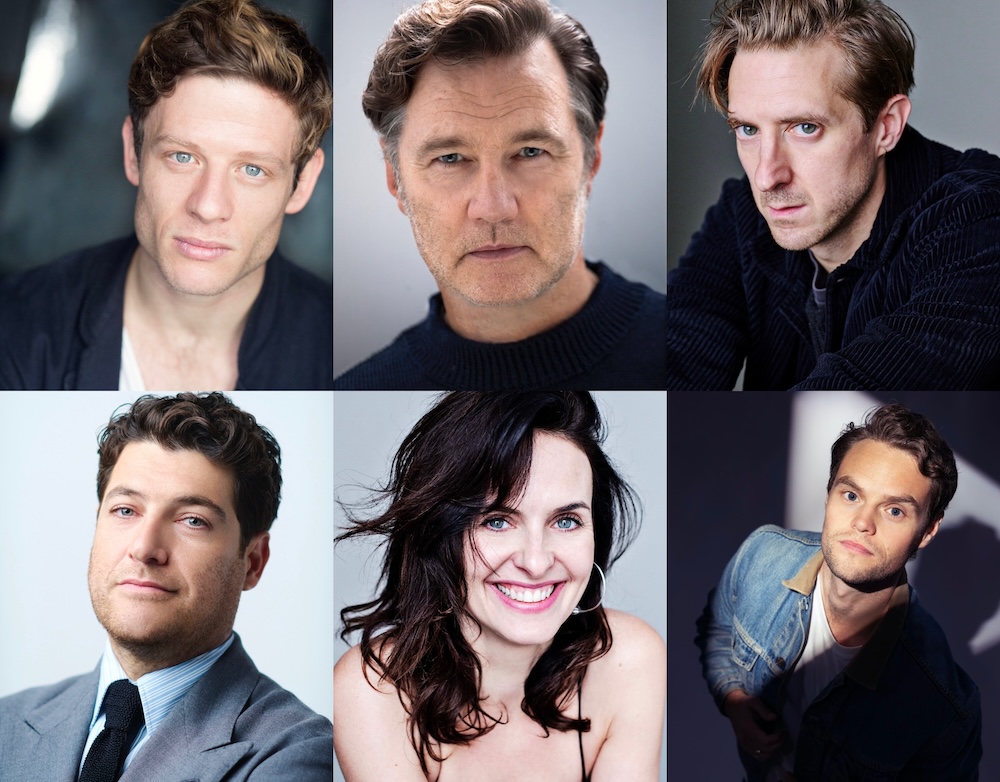
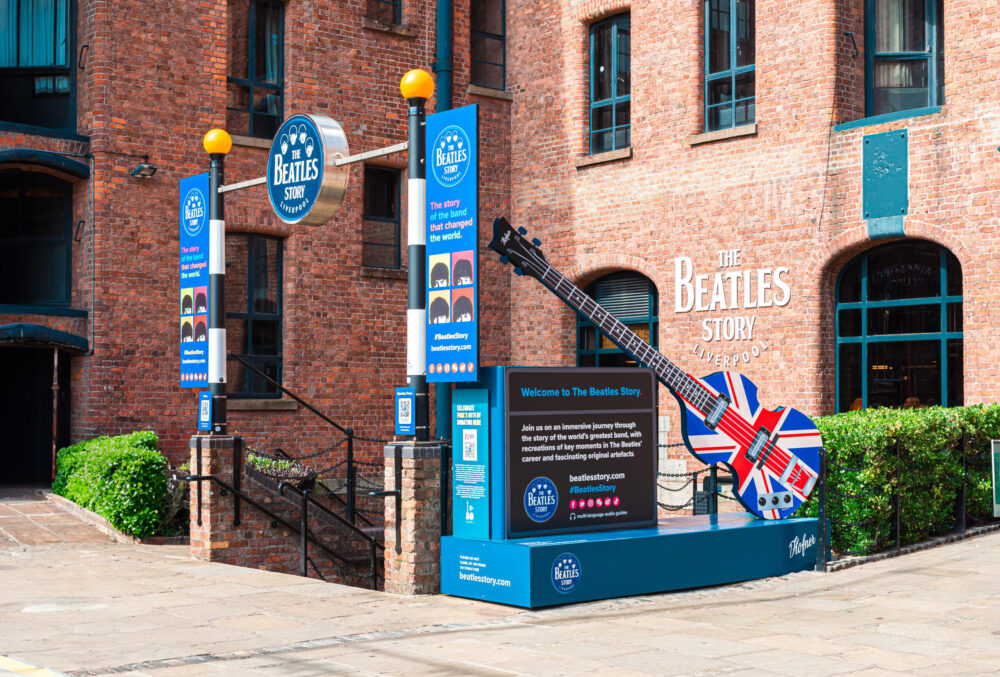
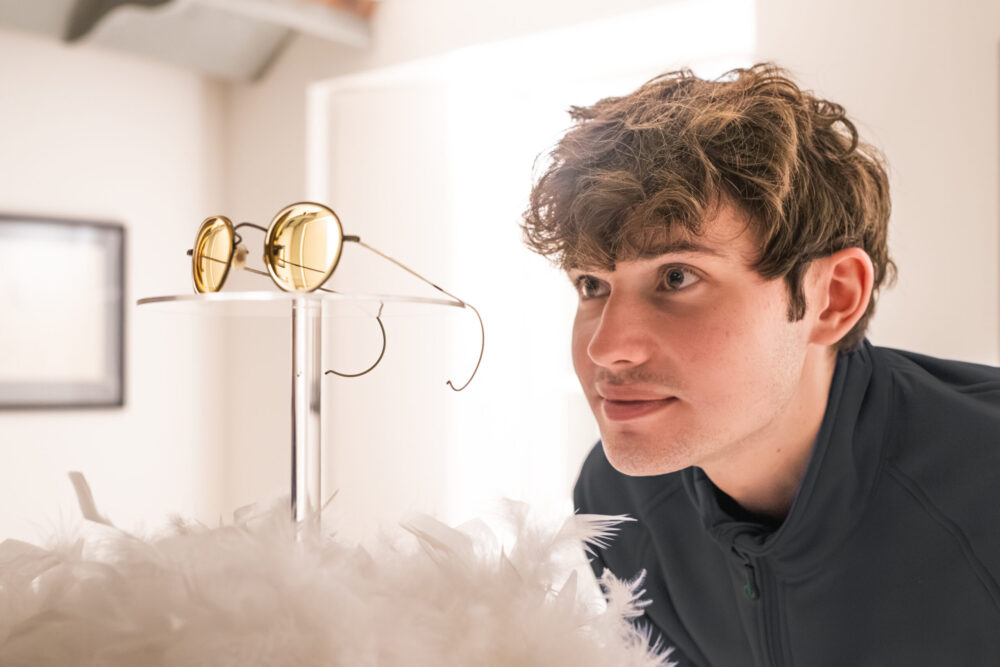
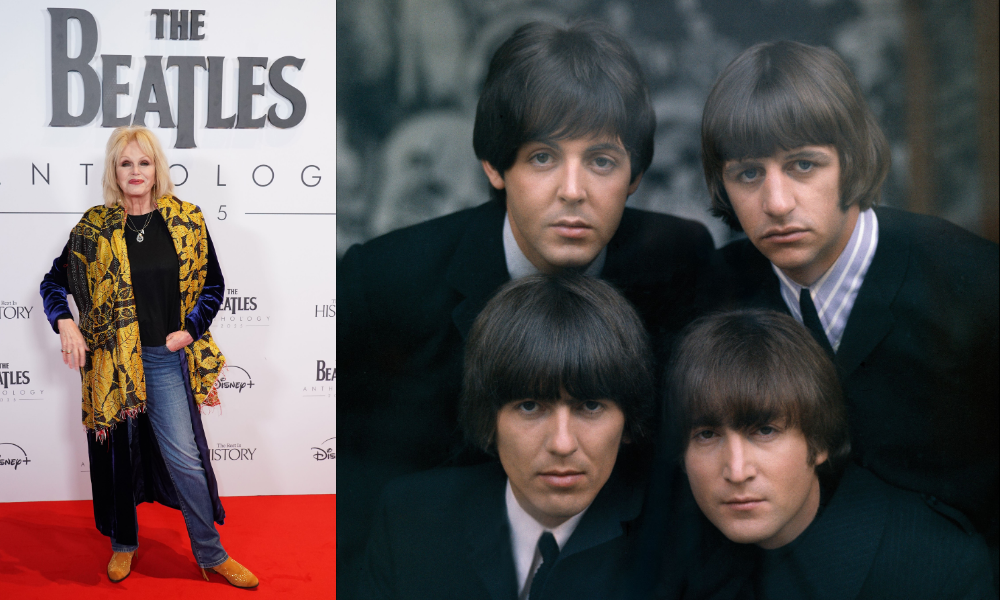
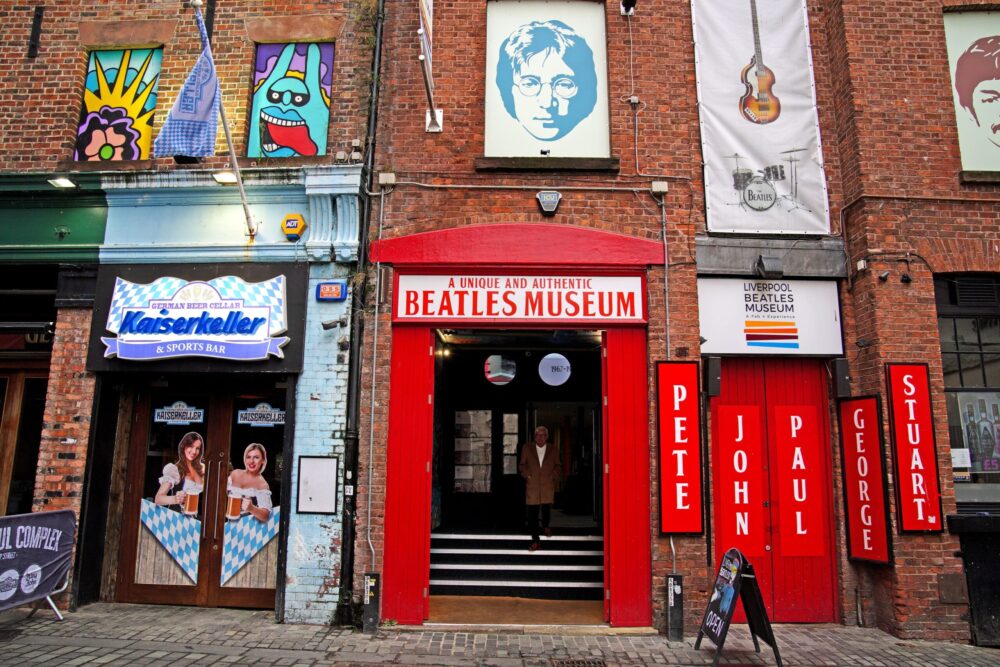
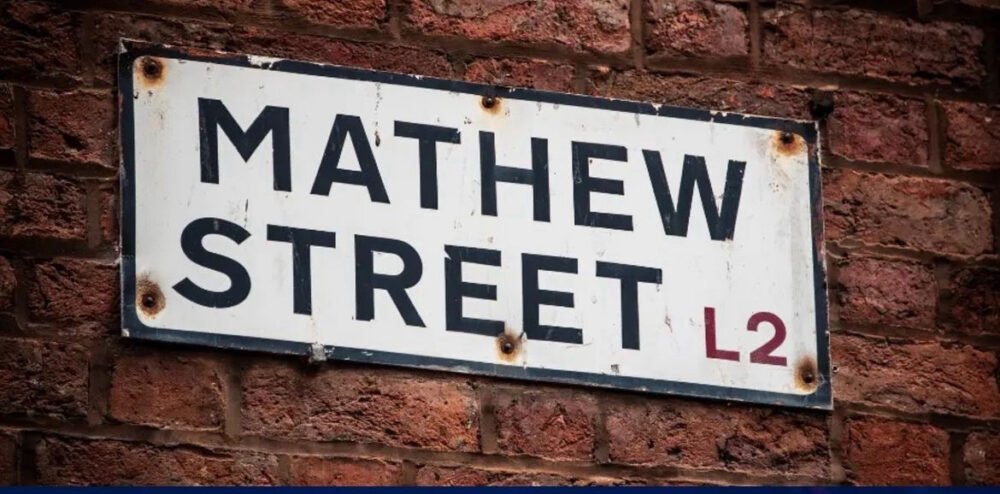
 Subscribe
Subscribe Follow Us
Follow Us Follow Us
Follow Us Follow Us
Follow Us Follow Us
Follow Us Follow Us
Follow Us











